Microsoft’s Remote Desktop Service is a great way to administer your Windows clients and Windows Servers. However, occasionally, you may encounter issues with the RDP server, preventing you from connecting to your remote host. One is the RDP an internal error has occurred” error message. This post will consider several different troubleshooting workarounds to help fix rdp error messages like the one described.
What is Remote Desktop Protocol (RDP)?
Remote Desktop Protocol (RDP) is a proprietary protocol developed by Microsoft that allows users to access and control a Windows operating system computer remotely. Using RDP, users can work on their remote computers as if sitting in front of them. Businesses, IT professionals, and home users widely use this powerful tool to manage and troubleshoot remote systems.
Launching the Remote Desktop Connection from a client computer (mstsc.exe)
What Triggers the Remote Desktop Internal Error for Windows?
Various factors can trigger the remote desktop connection an internal error message. These factors include incorrect Remote Desktop Connection settings, network issues, security settings, Windows Firewall configuration, and problems with the Remote Desktop Service itself.
Ensure Remote Desktop Connection Settings (RDP Settings) are Correct
First, ensure that your RDP Connection settings are correct to fix the “internal error has occurred” issue. Follow these steps:
Open the Remote Desktop Connection app.
Click on “Show Options” to access advanced settings.
Ensure that the correct computer name or IP address is entered in the General tab.
Verify that the User name and Password are correct.
Adjust the screen resolution and color depth in the Display tab according to your preference.
In the Experience tab, select the appropriate connection speed from the drop-down menu to optimize performance.
Allow Remote Connections
To enable remote connections on the target computer, follow these steps:
Right-click on “This PC” and select “Properties.”
Click on “Remote settings” in the System Properties window.
Under “Remote Desktop,” select “Allow remote connections to this computer.”
Click “Apply” and then “OK.”
Domain of Computer
Ensure the client and the remote computer are part of the same domain or workgroup. This can help avoid authentication issues that might trigger the “internal error has occurred” message.
Enable Reconnect If the Connection is Dropped
In the Remote Desktop Connection window, go to the Experience tab and check the box “Reconnect if the connection is dropped.”
This setting allows the RDP client to automatically attempt to reconnect to the remote computer if the connection is lost.
Restart Remote Desktop Service
Restarting the Remote Desktop Service on your RDP server can sometimes resolve the rdp error. To do this, follow these steps:
Press Windows Key + R to open the Run dialog.
Type services.msc and press Enter.
Find Remote Desktop Services in the list of services.
Right-click and select Remote Desktop Services and select “Restart.”
RDP Security
RDP security layer feature settings are crucial in ensuring a stable and secure remote connection. Incorrect or incompatible security settings can trigger the “internal error has occurred” message.
Change RDP Security Settings
To change RDP security settings, follow these steps:
Open the Local Group Policy Editor by pressing Windows Key + R, typing gpedit.msc, and pressing Enter.
Navigate to “Computer Configuration > Administrative Templates > Windows Components > Remote Desktop Services > Remote Desktop Session Host > Security.”
Double-click on “Require use of specific security layer for remote (RDP) connections” and select “Enabled.”
In the “Options” section, select the appropriate security layer from the drop-down menu, such as “RDP Security Layer” or “Negotiate.”
Click “Apply” and then “OK.”
How to Fix Windows RDP Internal Error?
To fix the “RDP aninternal error has occurred” issue, several solutions can be attempted. Here are some of the most effective methods:
Delete MachineKeys
Corrupt or outdated MachineKeys can cause RDP internal errors. To delete MachineKeys, follow these steps:
Press Windows Key + R to open the Run dialog.
Type %ProgramData%MicrosoftCryptoRSAMachineKeys to find the machine keys folder and press Enter.
Back up the MachineKeys folder by copying it to a different location.
Delete all files in the original MachineKeys folder.
Restart the computer and try the Remote Desktop Connection again.
Other Solutions to Fix RDP an Internal Error Has Occurred
If the above methods do not resolve the issue, try the following solutions:
Reconnect the Domain
If the remote computer is part of a domain, try removing it from the domain and then rejoining it. This can resolve potential authentication issues.
Modify the Startup of Services
Ensure that the Remote Desktop Services and its dependencies have the correct startup type. Set the startup type to “Automatic” for these services:
Remote Desktop Services
Remote Desktop Configuration
Remote Desktop Services UserMode Port Redirector
Adjust Remote Desktop Connection Configuration
In the Remote Desktop Connection app, go to the “Advanced” tab and click “Settings” under “Connect from anywhere.”
Ensure that the correct RD Gateway server name is entered, and select “Use my RD Gateway credentials for the remote computer.”
Allow the Windows Firewall to Connect to RDP
Ensure that the Windows Firewall is not blocking RDP connections. To do this:
Press Windows Key + R and type firewall.cpl, then press Enter.
Click on “Allow an app or feature through Windows Firewall.”
Locate “Remote Desktop” in the list and ensure that it is allowed for both “Private” and “Public” networks.
Disable Network Level Authentication
Disabling Network Level Authentication can sometimes resolve RDP internal errors. To do this, follow the steps mentioned in the “Allow Remote Connections” section and uncheck the box “Allow connections only from computers running Remote Desktop with Network Level Authentication.”
Disabling VPN Settings
VPN connections can interfere with RDP connections. Disable any active VPN connections and try the Remote Desktop Connection again.
Reinstall Windows Update
Some Windows updates might cause RDP internal errors. Uninstall the problematic update, and then reinstall it to resolve the issue.
Modifying Your Local Security Policy
Press Windows Key + R, type secpol.msc, and press Enter to open the Local Security Policy utility.
Navigate to “Local Policies > Security Options.”
Locate and double-click “System cryptography: Use FIPS compliant algorithms for encryption, hashing, and signing.”
Select “Disabled” and click “Apply” and “OK.”
Disable VPN Connections
Disable any active VPN connections and try connecting to the remote computer again.
Change the Startup Status of the Remote Desktop Protocol Service
Ensure the Remote Desktop Protocol service has the correct startup status. Set the startup type to “Automatic” for this service.
Disabling Static IP on Your Computer
If your computer has a static IP address, try disabling it and switching to DHCP. This can resolve RDP internal errors caused by network issues.
Press Windows Key + R, type ncpa.cpl, and press Enter to open the Network Connections window.
Right-click on your network adapter and select “Properties.”
Double-click on “Internet Protocol Version 4 (TCP/IPv4).”
Select “Obtain an IP address automatically” and “Obtain DNS server address automatically.”
Click “OK” and restart your computer.
Modifying RDP Security in Group Policy Editor
Open the Local Group Policy Editor.
Navigate to “Computer Configuration > Administrative Templates > Windows Components > Remote Desktop Services > Remote Desktop Session Host > Security.”
Double-click on “Set client connection encryption level” and select “Enabled.”
In the “Options” section, select “High Level” from the drop-down menu.
Click “Apply” and then “OK.”
Change the MTU Value
Changing the Maximum Transmission Unit (MTU) value can help resolve RDP internal errors caused by network issues.
Open an elevated Command Prompt by right-clicking on the Start button and selecting “Command Prompt (Admin).”
Type netsh interface ipv4 show subinterfaces and press Enter to view the current MTU value.
Note the name of the network interface you are using for RDP.
Type netsh interface ipv4 set subinterface “Interface Name” mtu=1458 store=persistent and press Enter, replacing “Interface Name” with the name of your network interface.
Restart your computer and try the Remote Desktop Connection again.
Enable Persistent Bitmap Caching
Enabling persistent bitmap caching can improve the performance of your Remote Desktop Connection and potentially resolve RDP internal errors.
Open the Remote Desktop Connection app.
Click on “Show Options” to access advanced settings.
In the Experience tab, check the box “Persistent bitmap caching.”
Click “Connect” to establish the RDP connection.
Additional Workarounds
Check the following additional workarounds if the above doesn’t resolve the issue.
Monitor Windows System Logs
Monitoring Windows System Logs can provide valuable information about the cause of the “RDP an internal error has occurred” issue. To access the Event Viewer and check the logs, follow these steps:
Press Windows Key + R, type eventvwr.msc, and press Enter to open the Event Viewer.
In the left pane, navigate to “Windows Logs > System.”
Look for events related to Remote Desktop Services or any errors that occurred around the time the issue was encountered.
You may also want to check the “Windows Logs > Application” section for any related events or errors.
Adjust Remote Desktop Connection App Settings
In some cases, adjusting the settings of the Remote Desktop Connection app may resolve the internal error. To do this:
Open the Remote Desktop Connection app.
Click on “Show Options” to access advanced settings.
In the “Display” tab, adjust the screen resolution and color depth settings.
In the “Local Resources” tab, configure the settings for audio, keyboard, and local devices.
In the “Experience” tab, select the appropriate connection speed from the drop-down menu and enable or disable specific performance options.
Experiment with these settings to find the optimal configuration that resolves the internal error.
Update Remote Desktop Connection Client
An outdated Remote Desktop Connection client may cause internal errors. To update the client, follow these steps:
Press Windows Key + R, type appwiz.cpl, and press Enter to open the “Programs and Features” window.
Look for “Remote Desktop Connection” or “Microsoft Remote Desktop” in the list of installed programs.
Follow the on-screen instructions to update the client if an update is available.
Alternatively, you can visit the Microsoft Download Center or the Microsoft Store to download the latest Remote Desktop Connection client version.
Check Proxy Server Settings
A misconfigured proxy server providing an Internet connection can interfere with RDP connections, causing internal errors. To check and adjust your proxy server settings:
Press Windows Key + I to open the Windows Settings app.
Click on “Network & Internet.”
In the left pane, select “Proxy.”
Ensure that the correct proxy settings are configured, or disable the proxy server if it is not required.
Check Control Panel Settings
The Control Panel provides additional settings related to Remote Desktop connections. To check these settings:
Press Windows Key + R, type control, and press Enter to open the Control Panel.
Click on “System and Security.”
Under “System,” click on “Allow remote access.”
Ensure that the correct settings are configured for remote connections, including allowing Remote Desktop and enabling Network Level Authentication.
Update Windows Server
An outdated Windows Server may cause RDP internal errors. To update your server, follow these steps:
Press Windows Key + I to open the Settings app.
Click on “Update & Security.”
In the “Windows Update” tab, click on “Check for updates” and follow the on-screen instructions to install any available updates.
Troubleshoot Network Connectivity
Network connectivity issues can cause RDP internal errors. To troubleshoot your network connection:
Check the physical connections between your computer and the network, such as cables and switches.
Use the ping command to test the connection between your and remote computers.
Check your router or switch for any configuration issues, such as incorrect VLAN settings or IP address conflicts.
Wrapping up
In conclusion, the “RDP an internal error has occurred” issue can be caused by various factors, such as incorrect settings, network issues, or outdated software. By following the solutions and workarounds outlined in this blog post, you should be able to address the issue and establish a successful Remote Desktop Connection. Remember to carefully analyze your specific situation and tailor the solutions to your needs for optimal results.


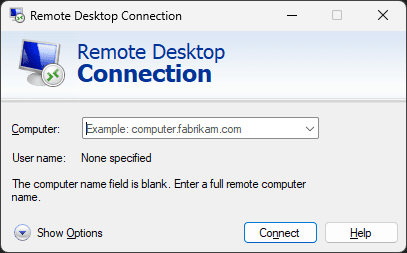
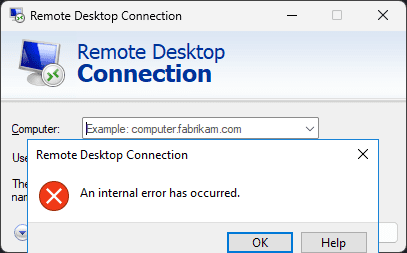
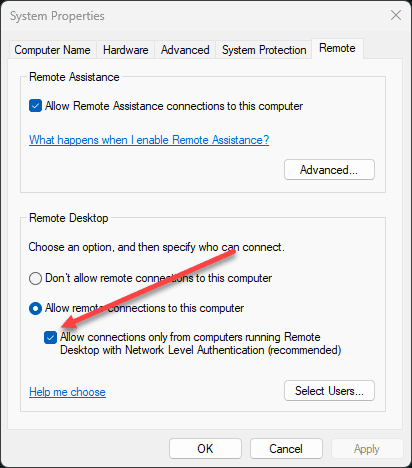
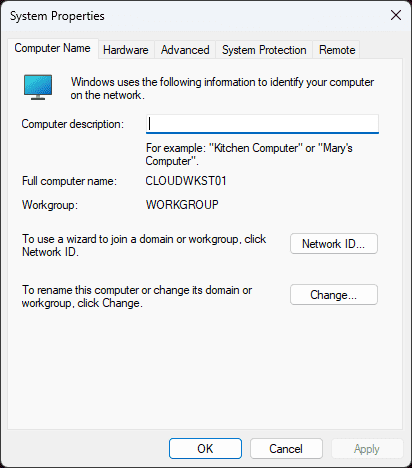
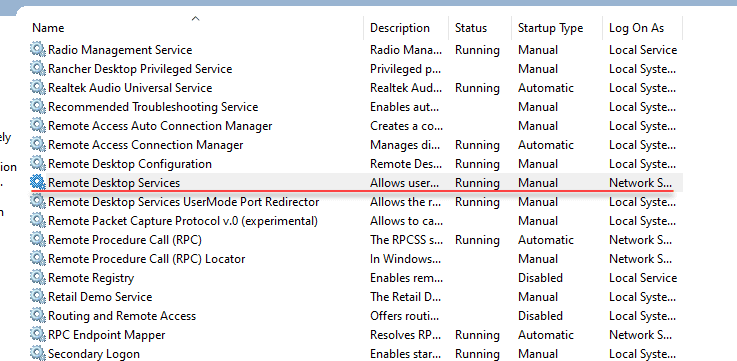
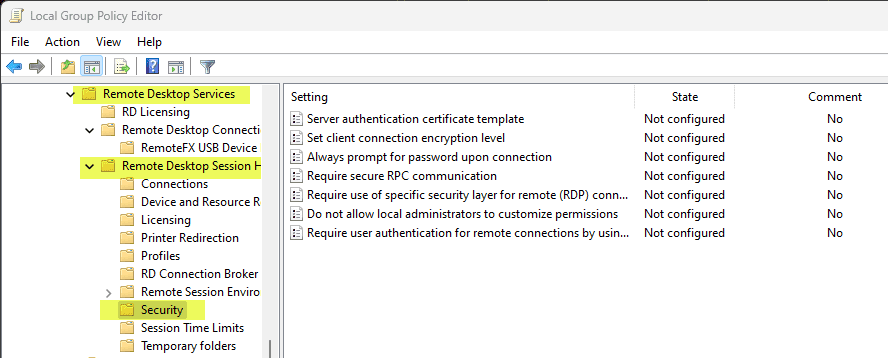
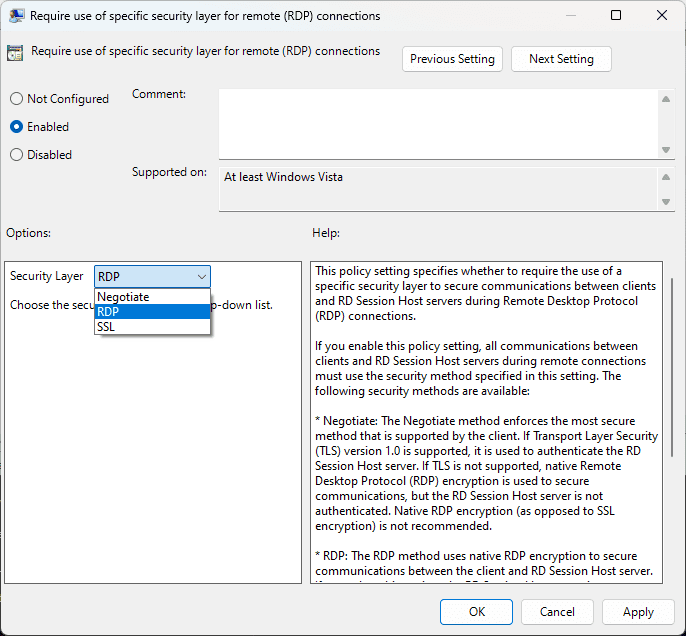

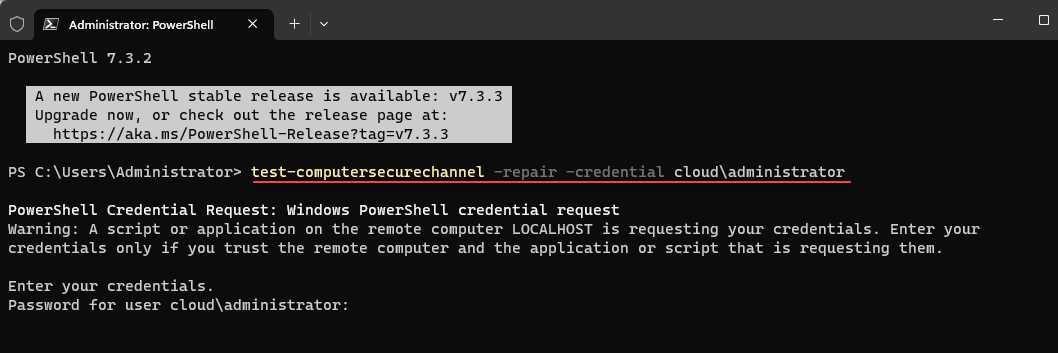
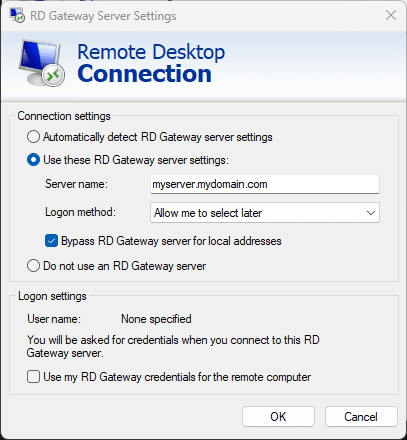
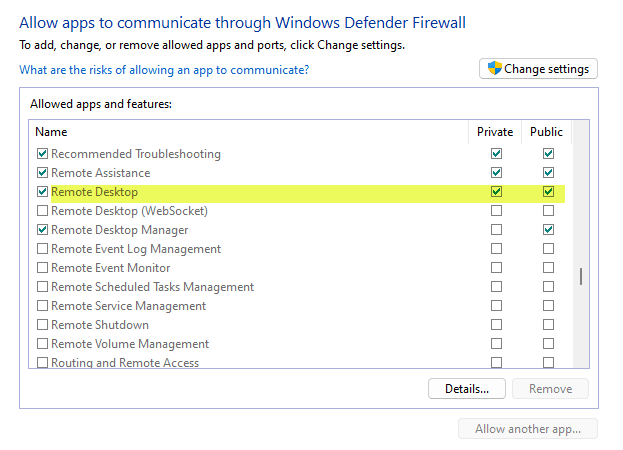
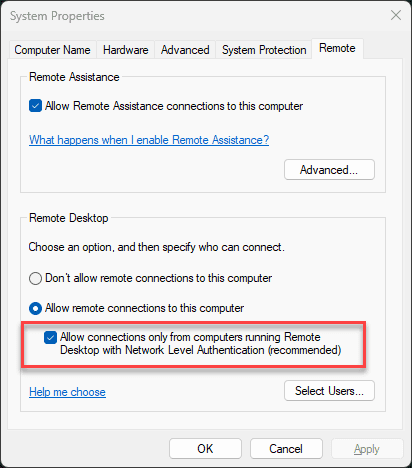
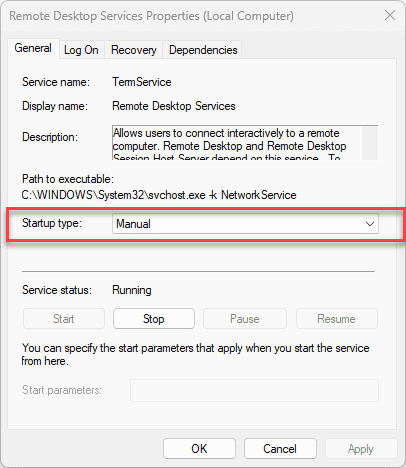
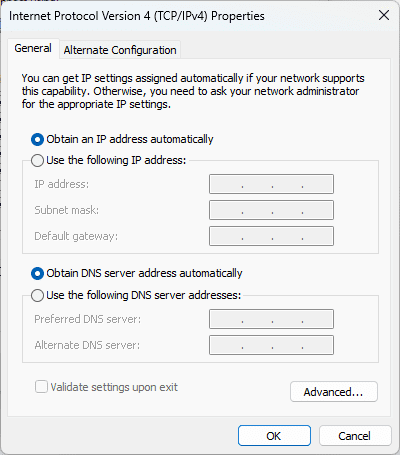
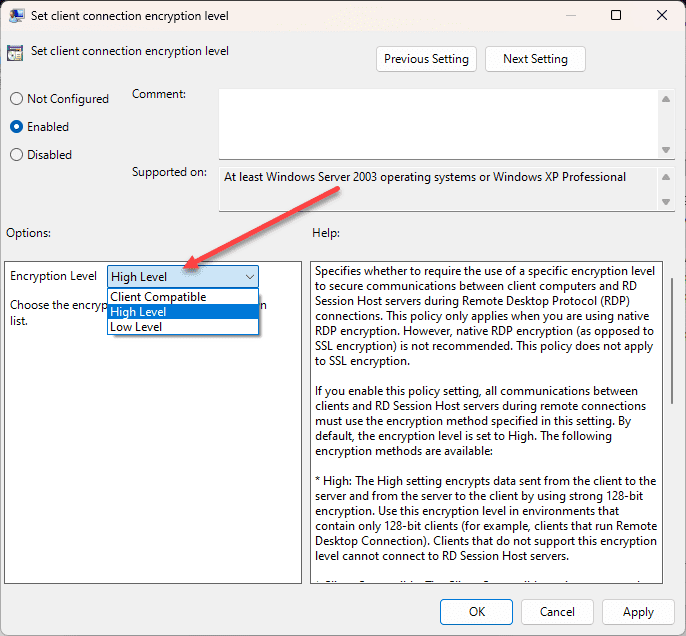
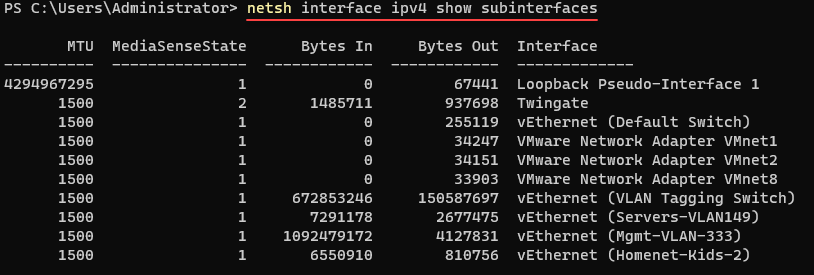
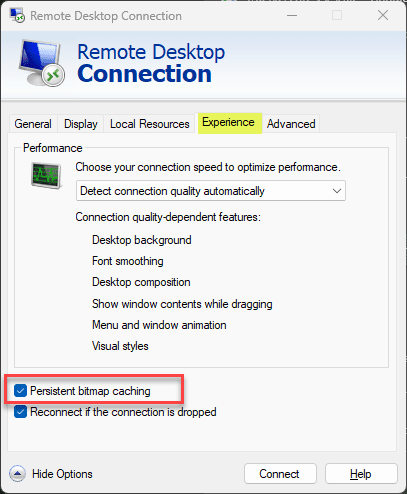

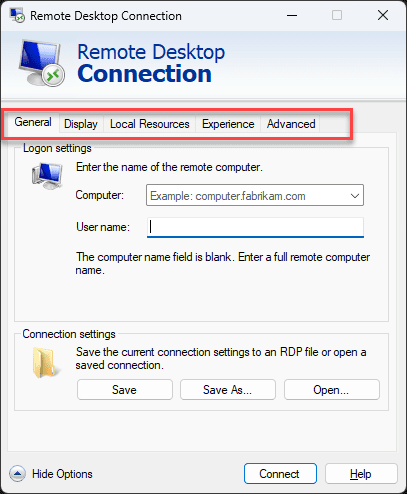
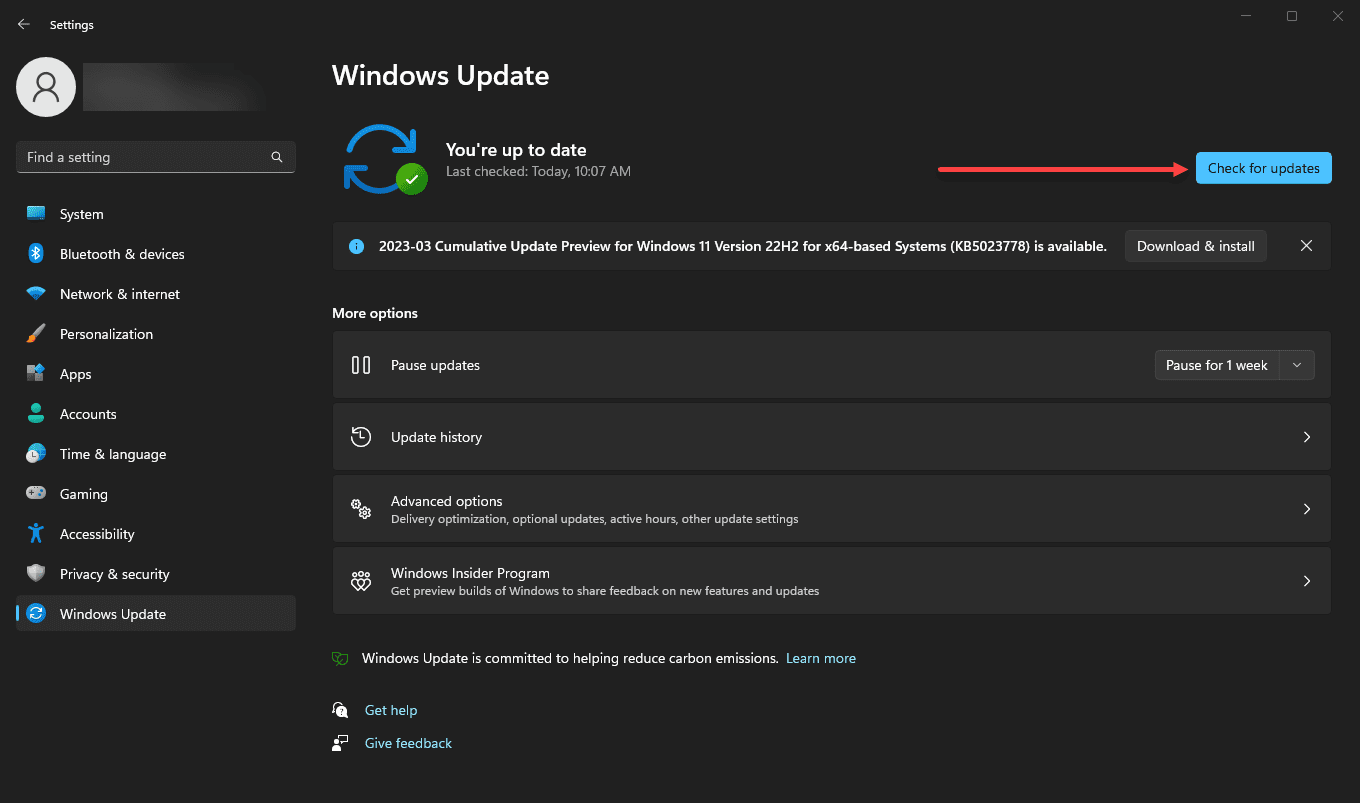
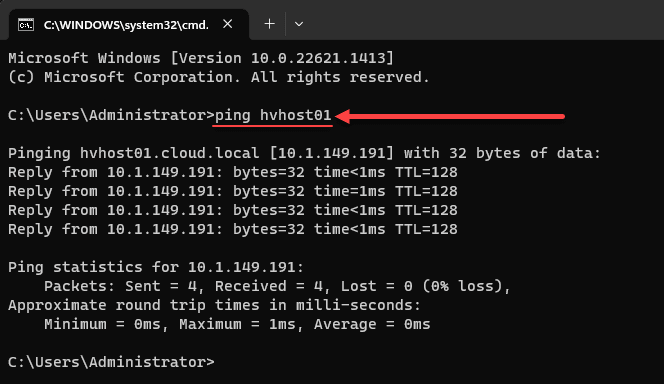
0 Comments